
The cost to add a half bathroom varies based on geography and your choice of additions. Read on to discover just what factors into your total project cost.
To help you get it right
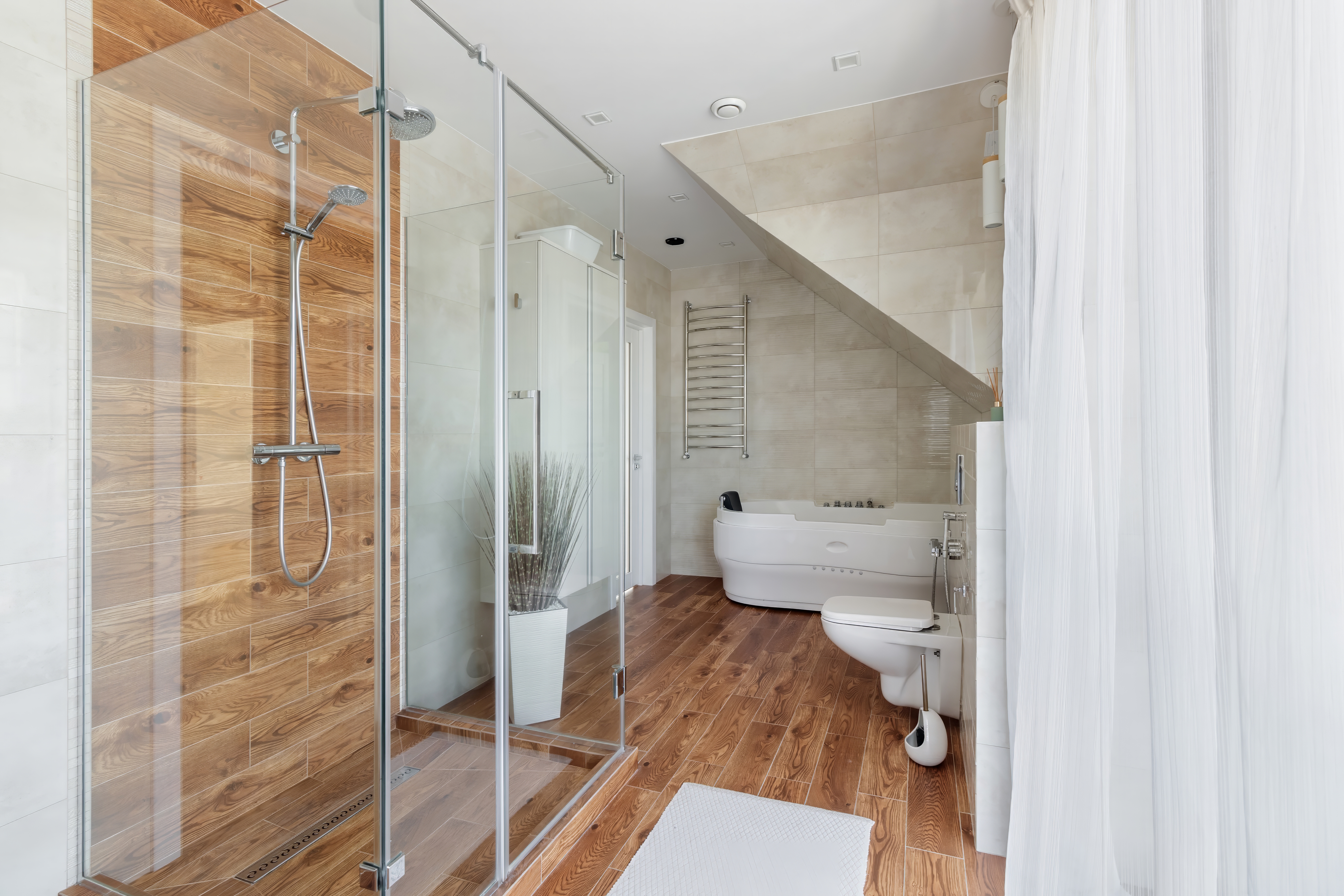

Thermostatic showers provide constant water temperatures for convenience and safety.
These systems are ideal for homes with young children or adults over 55.
The thermostatic mixing valve mixes hot and cold water to the desired temperature.
Maybe you’re building your dream bathroom, or looking into upgrades to level up your shower. As you browse all your options, you may come across thermostatic showers. So what is a thermostatic shower, anyway? Simply put, it’s a shower system that delivers water at the perfect temperature every time. Read on to find out all the ins and outs so you can decide if it’s the right fit for your home.
Most people have to fiddle with their shower faucet to get the perfect water temperature, but you’ll no longer have to do that with a thermostatic shower. Thermostatic showers have a thermostatic mixing valve that mixes the hot and cold water to give you the exact temperature setting that you want. As long as you don’t touch the knob, you’ll enjoy water at the same temps every time you take a shower.
You might want a thermostatic shower if you have young ones or anyone over 55 years old in the household to avoid dangerously hot water temperatures. Regardless of your age, it’s the only way to make sure your water temps will never spike from other people using the water elsewhere in your home. So if you have a large home with many family members, or if you’re simply looking to build the perfect shower, this could be a must-have for you.
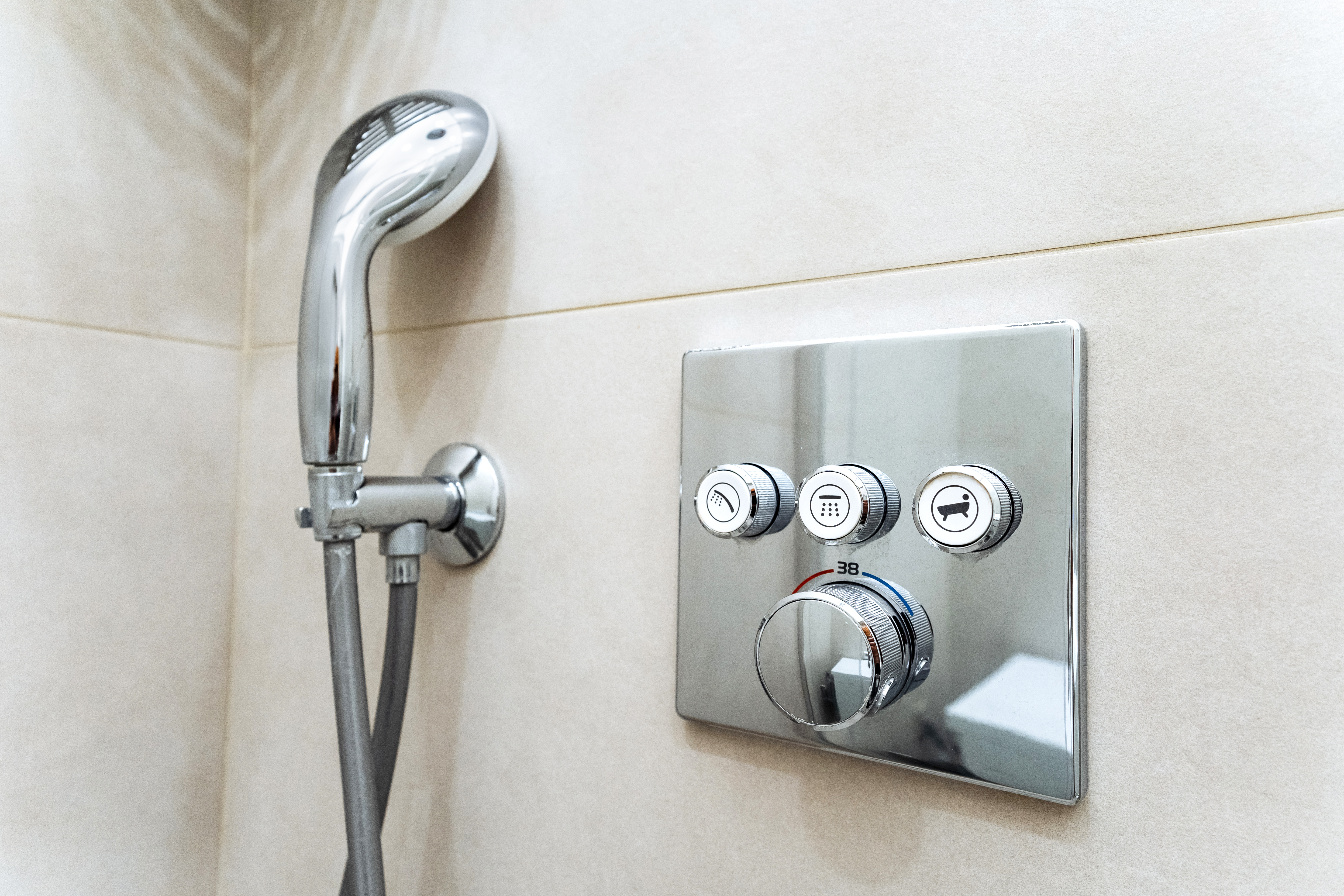
In a traditional shower, there’s one shower cartridge that controls the water temperature and water flow. But with a thermostatic shower, there are two cartridges: a thermostatic cartridge for the temperature and an on-off cartridge for the water flow. This means there are always two handles, one for each cartridge.
The two main design types of thermostatic showers are a horizontal bar or separate handles. The horizontal bar has two knobs on the right and left side, while the handles are usually placed in a horizontal line.
The temperature handle on a thermostatic shower has a safety feature that ensures the highest water temperature is 100 degrees Fahrenheit. However, it’s possible to override the safety feature by pressing a button, allowing you to increase the temps as high as 109 degrees Fahrenheit.
When you turn on the thermostatic shower, the hot and cold water enter the thermostatic mixing valve. The water is mixed to the set temperature before entering the showerhead. If there’s ever a reduction in hot or cold water entering the valve, it will compensate for it, preventing scalding hot or freezing cold water from reaching the showerhead.
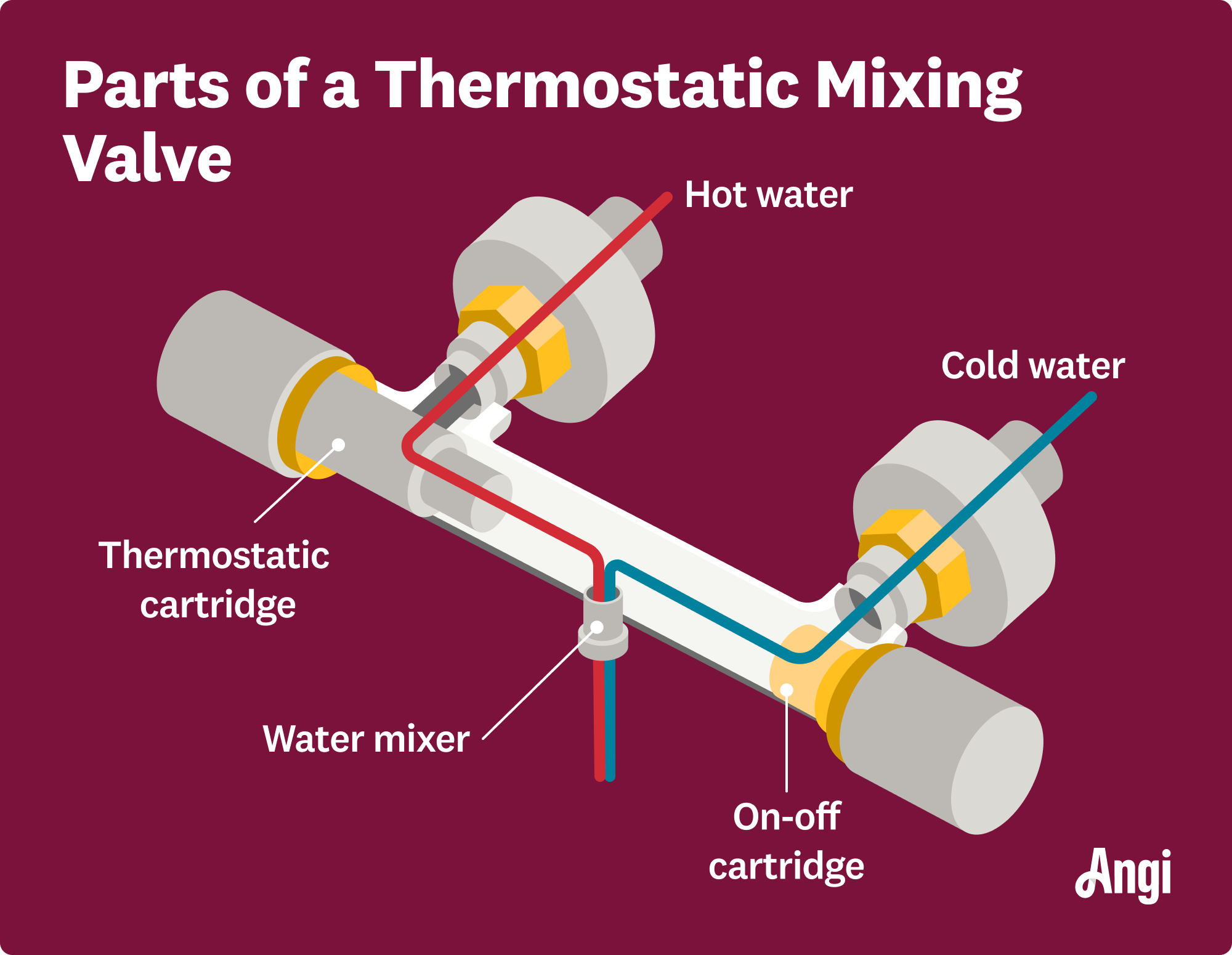
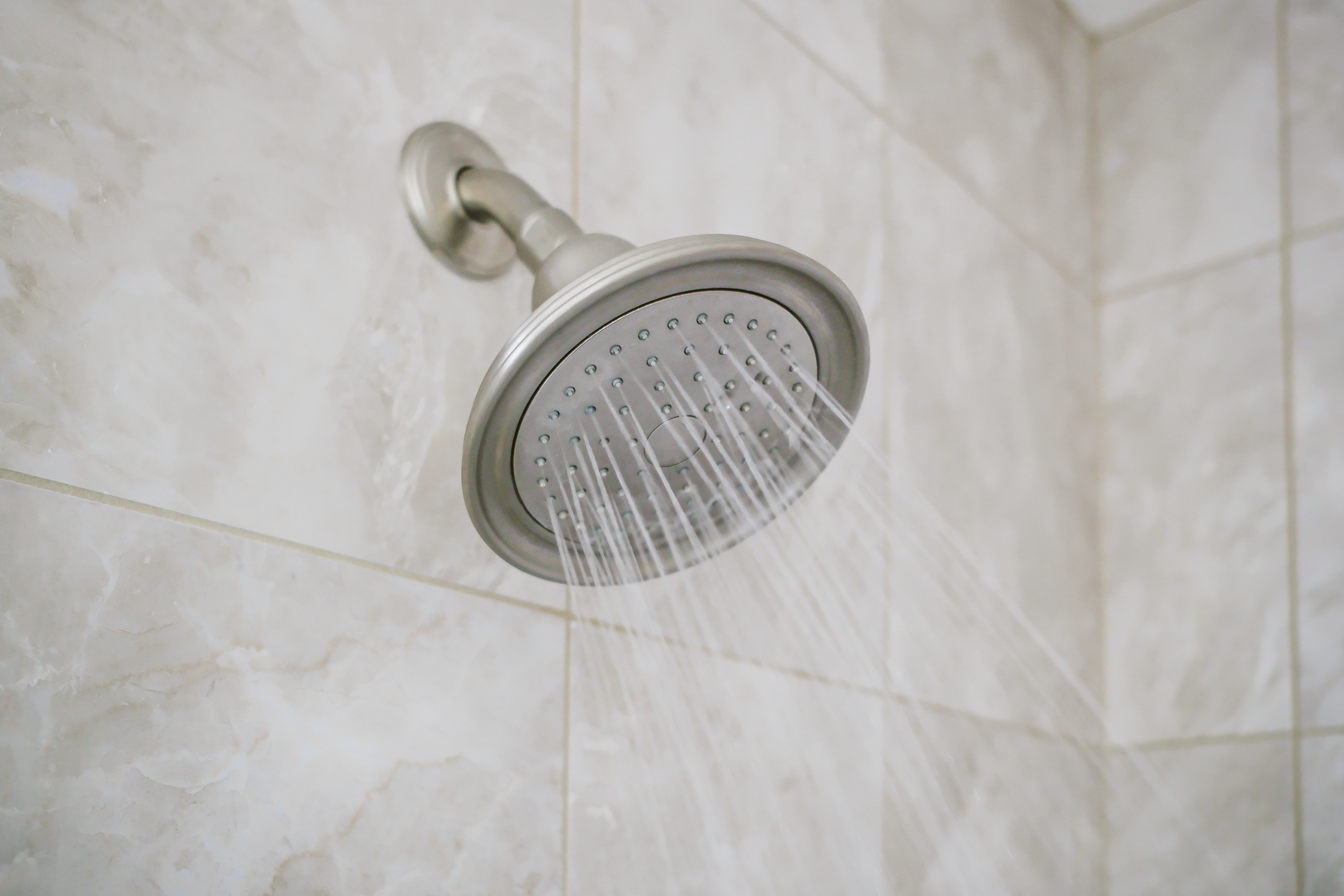
If you’re considering installing a thermostatic shower, here are all the pros and cons to keep in mind.
The benefit of having a set temperature for your shower means you’ll never have to adjust the settings again—if you don’t share the shower with anyone else, that is. But even if you have to change the water settings still to suit your preferences, you’ll never have to deal with the shock of scalding hot water or freezing cold water just because someone in the house flushed the toilet or started a load of laundry. This feature is ideal if you have young children or adults over 55 years old in the home, so you know they won’t get accidental burns in the shower.
Another advantage of thermostatic showers is that you can safely increase the thermostat on your water heater up to 140 degrees Fahrenheit. Higher thermostat settings can help hot water last longer in the shower and lower the risk of Legionnaires’ Disease, according to the CDC. Without a thermostatic shower, you might experience scalding water when setting your thermostat too high. You’ll want to install thermostatic mixing valves on all of your faucets, not just your showers, if you opt to go this route.
One of the disadvantages of thermostatic showers is their cost. They cost $260 to $4,000, or more, depending on the model, finish, and extras like hand showers, special showerheads, and more.
In comparison, standard shower systems cost $160 to $650. Keep in mind that these are just the material costs, and the total cost of a shower installation includes labor.
For some homeowners, the cost could be too high to justify the benefits of thermostatic showers. So it’s ultimately a personal decision based on your needs and budget.
Moreover, in the event that you need repairs, it can be more costly for thermostatic showers because the system is more complex than traditional showers. You should contact a shower installer near you to get additional advice on whether you should install one in your home.
If you’ve decided that thermostatic shower systems are right for you, then here are all the things to consider before buying one:
Features: Some systems have handheld showerheads, digital displays, wireless controls, and more. Decide which features are a must-have for you.
Finish: You’ll want to choose a system that comes in the finish you desire so your shower will have a cohesive look.
Compatibility: Make sure the water pressure in your home is sufficient for the system you want. If the pressure is too high, the manufacturer could require you to install a reducing valve. You can check for information in the installation guide.
Quality: While brand names aren’t everything, some are better known for higher quality. If your budget allows, it’s best to purchase a high-quality system since they’re likely to last longer and have fewer issues down the road.
From average costs to expert advice, get all the answers you need to get your job done.

The cost to add a half bathroom varies based on geography and your choice of additions. Read on to discover just what factors into your total project cost.

How much does a showerhead cost? Whether your current showerhead is broken or you want more pressure, you have many options to upgrade your showering experience. Learn the average price for various showerheads, features, and more.
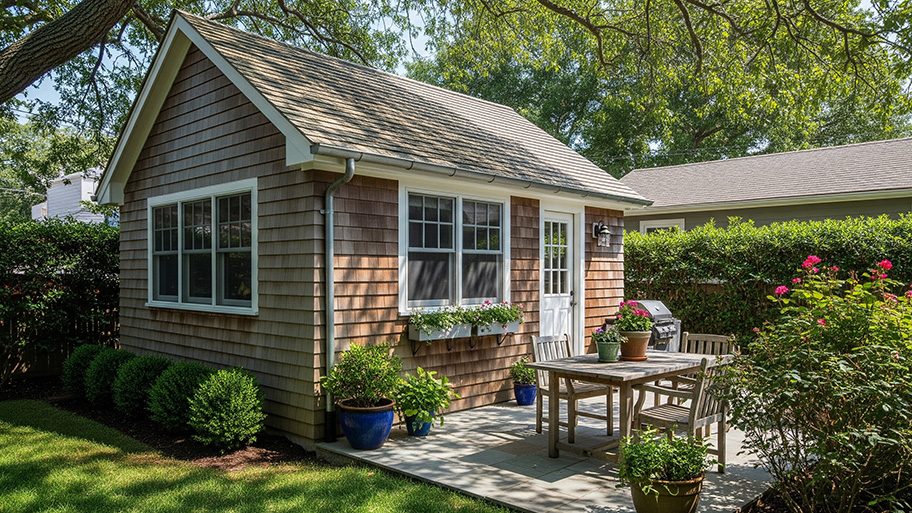
Accessory dwelling units can be a smart investment, but your ADU cost will depend on the size, type, and materials you choose. Here’s how it breaks down.

This handy guide will walk you through 17 types of bathroom sinks to help you decide on the best one for your bathroom remodel.

Working from home is only productive if you have a dedicated office space. Learn the cost to build a home office, from materials to labor rates.

Mirror, mirror, on the wall—how do I hang you so you won’t fall? Get tips and tricks for how to hang a vanity mirror and keep your reflection straight.